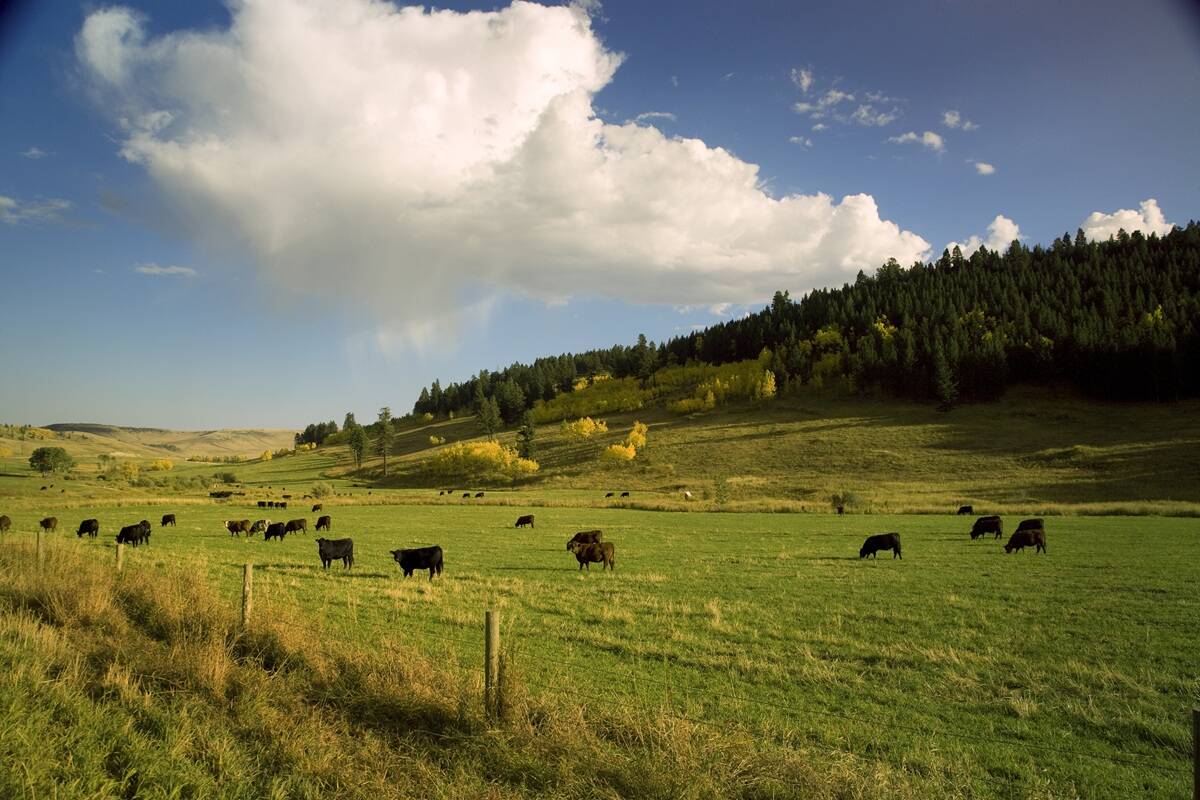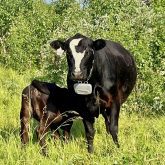The TB investigation in southeastern Alberta continues to unfold. The riddle of where it came from and finding ways to deal with the relative “stranger at our door” is unnerving. When the views of an anxious livestock industry, a federal regulatory agency, and a probing public collide, the task of disease control approaches unmanageable. Add the lack of human and physical resources created by the never-ending cycle of government fiscal acrobatics: the task becomes herculean.
Tuberculosis (TB) is an ancient disease and remains important in humans and animals worldwide. The human tubercle bacillus infects an estimated two billion persons or approximately one-third of the world’s population, and it is estimated that 1.5 to two million people die from human tuberculosis annually.
Read Also

Are you a competitive supplier of weaned beef calves?
Beef farmers and ranchers need to strategically manage costs to achieve and maintain profitability.
The bovine strain (Mycobacterium bovis) is but one species transmitted to humans from animals. M. bovis accounts for only a small percentage of reported cases of TB in humans.
At one time, TB’s presence in Canadian cattle reached an estimated prevalence of four per cent of the national herd. The first major thrust in reducing the threat of bovine TB transmission to humans started with the inception of Canada’s meat inspection system in 1907. The Canadian tuberculosis eradication program was established in 1923. Sweeping advances in eliminating the threat of bovine TB in humans started through the late 1930s and 1940s with the advent of milk pasteurization. The milestone achievement of 0.11 per cent prevalence (statistical freedom) was achieved in 1961, by which time 50 million tests had been applied with 400,000 reactors slaughtered at the cost of $15,000,000 in indemnity.
The depopulation of TB-exposed animals became an important element in the Canadian eradication program beginning in 1978. Between 1979 and 1984, Agriculture Canada reviewed and redesigned the surveillance program, shifting away from test and slaughter to herd depopulation. The cornerstone of this new policy was the complete depopulation of all infected or exposed animals, with compensation paid to the owners.
Bovine tuberculosis (TB) is a contagious disease of both animals and humans. Prior to the advent of eradication measures, bovine TB existed as a major disease of man and domestic animals. M. bovis persists in humans, causing pulmonary and extra-pulmonary disease. Unlike transmission of M. bovis from cattle to humans, the role of human-to-human airborne transmission in the spread of M. bovis is controversial. The predominant view has been that human-to-human transmission is rare. Wild animals (bison, elk, deer, badgers , feral swine, opossum) may be important reservoirs of infection for domestic food-producing animals.
In Canada, bovine TB is a reportable disease under the Health of Animals Act, and all cases must be reported to the Canadian Food Inspection Agency (CFIA). CFIA leads and directs investigations of TB in animals.
Re-emergence of an old disease like TB raises many questions. The very nature of the disease, makes “getting it right” difficult. Although bovine TB has been a part of Canadian disease control endeavours for 93 years, its re-emergence in a southern Alberta cattle herd has stymied many in the ranching industry. Beyond the glut of questions about where it came from and how many herds are involved are concerns about the huge economic consequence that lay in the wake.
For a century we have understood that systems need to be developed in parallel with scientific skills to monitor, diagnose and maintain disease surveillance programs. Ongoing adjustments in how disease is controlled are necessary, yet the USDA announcement in late September, that a case of bovine TB in a cow from Alberta had been detected through routine post-mortem inspection at slaughter caught many flat footed.
It seems Canada no longer possesses the veterinary manpower to initiate an effective disease control response. A fact that frustrated owners of the 36 herds quarantined (at the time of writing). The ability to test, conduct investigations and oversee disposal activity appeared delayed or protracted. The short supply of tuberculin also forced delays in conducting tests.
The tuberculin skin test, considered antiquated after nearly a century, remains the primary screening test for bovine TB, something that must change in light of technology advances in both Europe and North America. The ability to conduct blood tests or chute-side diagnostics must become a research priority.
Reports indicate that transmission of TB occurred within the index herd. Perhaps another five animals have been detected with TB-like lesions. The bacteria causing TB can lie dormant and undetected in an infected animal for years. The presence of in-herd transmission opens the question of, what other infection might exist in contact herds associated with the index herd, especially within a community pasture setting? The biosecurity lapses connected with community grazing arrangements have always been a concern as it relates to infectious disease. The industry needs to address options.
Detailed genotyping (molecular fingerprinting, spoligotyping) of M. bovis isolates identified in the investigation raises other questions. The Canadian Food Inspection Agency reported the strain of Mycobacterium bovis found in southeastern Alberta is “closely related” to a strain originating from cattle in central Mexico in 1997. The “how” and “why” remain unanswered.
Some concern has been expressed about the presence of large numbers of elk in and around land grazed by quarantined herds. No evidence to date suggests that elk are involved or affected by the presence of M. bovis, but potential involvement represents an unfortunate risk at this time.
The human factor in all this is truly an unwelcome element in the entire episode. Timing for the many ranchers involved could not be worse. Marketing calves has been suspended. Many involved are not prepared to feed calves that must remain on ranches. Disaster relief is never quick, or substantive enough.
Effective disease control requires diligence, communication and common sense. May these prevail?

















